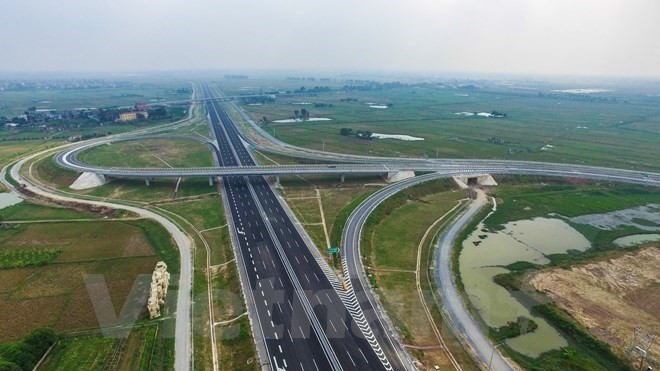The report noted that the demand for infrastructure in Vietnam has intensified, given the large-scale urbanisation and positive economic outlook.
Urban growth in Vietnam increased from 27% in 2005 to 34% in 2015. Vast investments in infrastructure developments have helped to bolster the property market.
In major cities, such as Ho Chi Minh City and Hanoi, planned metro lines have been set up to foster the development of satellite economic areas.
The planned six-line metro system in Ho Chi Minh City would connect it to satellite cities in several provinces, including Long An, Binh Duong and Dong Nai, and residential areas along the metro stations are expected to see a rise in selling prices and rental growth.
Meanwhile in Hanoi, where eight metro lines have been planned, office clusters could be created within 1km of the metro stations.
In addition, there are other significant ongoing projects, such as the Hanoi–Hai Phong Expressway, Bach Dang Bridge, Van Don International Airport, National Highway 4B and a number of projects in the early stage of planning, such as the Eastern Economic Corridor and the toll way connecting Ho Chi Minh City and Phnom Penh, which should benefit modern industries, such as the automobile and electronics industry, tourism, agriculture, construction and transport.
Among the real estate sectors, the logistics sector should be the main beneficiary of ASEAN’s high levels of infrastructure investment in the short to mid-term period, given the increased connectivity within each country and between the neighbouring countries, according to the report.
















